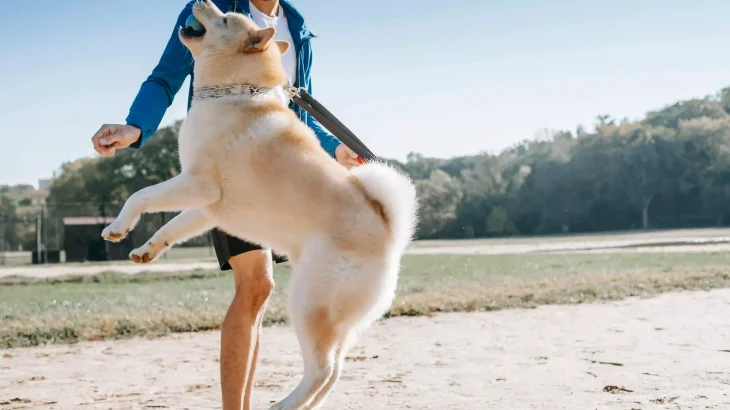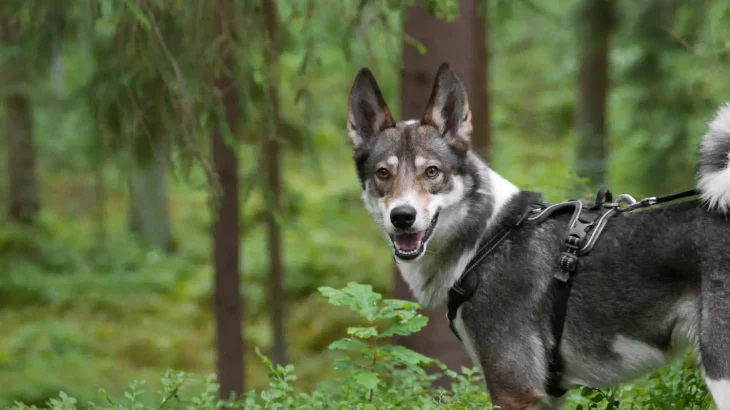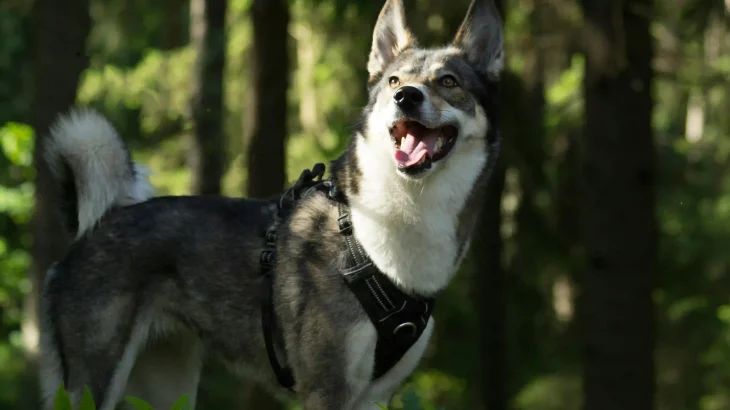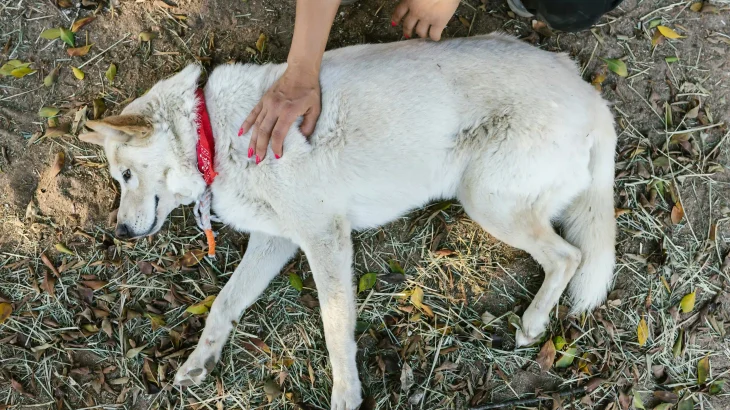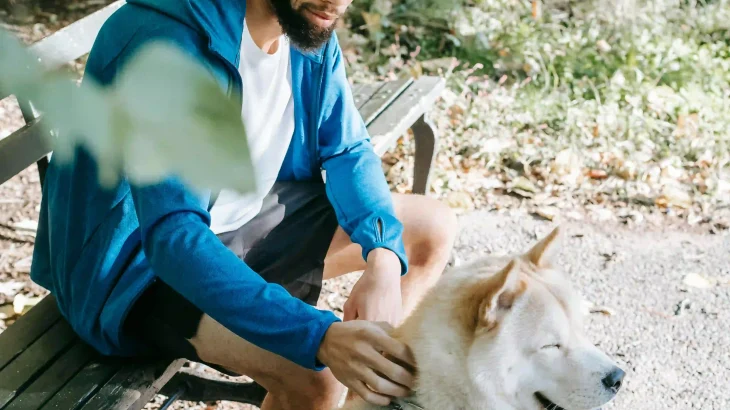When deciding to bring a Siberian Laika puppy into your life, you can choose between adopting or purchasing from a breeder. Adoption supports giving a home to a dog in need, while buying from a reputable breeder offers more control over the puppy's health and lineage. Each option has unique benefits and considerations depending on your priorities.
| Criteria | Buying from Breeder | Adopting from Shelter/Rescue |
|---|---|---|
| Cost | Usually higher price due to breed purity and pedigree verification. | Lower fees, a more budget-friendly option. |
| Health History | Detailed health screenings and genetic tests provided. | Health history may be incomplete; basic vet checks done. |
| Age Availability | Mostly available as puppies for early training and socialization. | Variety of ages; puppies may be less common. |
| Temperament Insight | Breeders provide knowledge about lineage behavioral traits. | Behavior observed by staff; background may be limited. |
| Ethical Considerations | Supports ethical breeding if breeder is responsible; risk with unethical sources. | Gives a home to a dog in need, promoting animal welfare. |
| Breed Purity & Pedigree | Guaranteed purebred with documented pedigree. | Breed purity may be uncertain without papers. |

